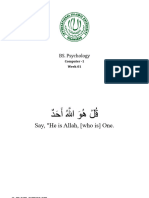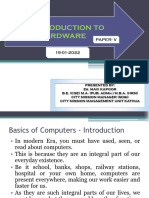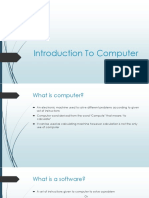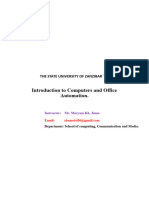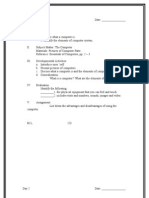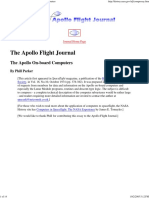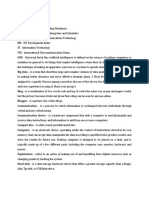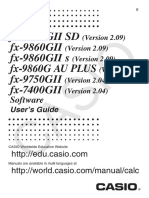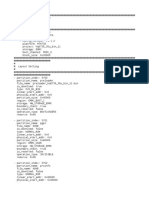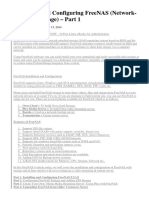0% found this document useful (0 votes)
36 views42 pagesCh. 1. Introduction To Computer
The document provides an introduction to computers, defining key terms and explaining the relationship between data, information, and knowledge. It outlines the functionalities, characteristics, advantages, and disadvantages of computers, as well as detailing hardware components and types of computers. Additionally, it discusses input, output, and storage devices, along with their classifications and measurements.
Uploaded by
bsjwiwdcsjwkCopyright
© © All Rights Reserved
We take content rights seriously. If you suspect this is your content, claim it here.
Available Formats
Download as PPTX, PDF, TXT or read online on Scribd
0% found this document useful (0 votes)
36 views42 pagesCh. 1. Introduction To Computer
The document provides an introduction to computers, defining key terms and explaining the relationship between data, information, and knowledge. It outlines the functionalities, characteristics, advantages, and disadvantages of computers, as well as detailing hardware components and types of computers. Additionally, it discusses input, output, and storage devices, along with their classifications and measurements.
Uploaded by
bsjwiwdcsjwkCopyright
© © All Rights Reserved
We take content rights seriously. If you suspect this is your content, claim it here.
Available Formats
Download as PPTX, PDF, TXT or read online on Scribd
/ 42






